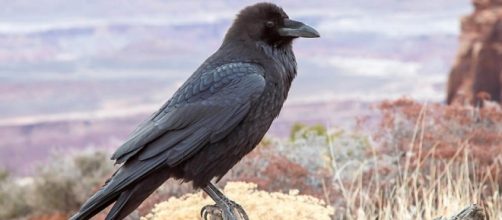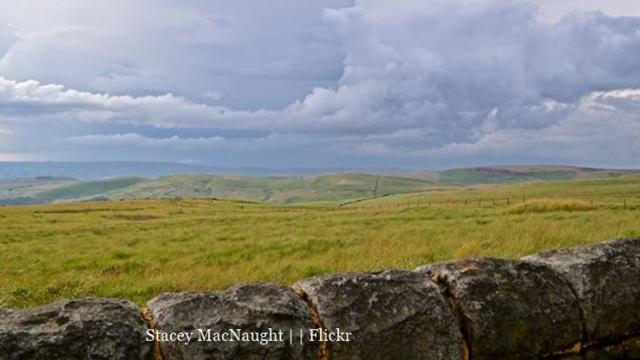We are all aware by now that this isn't your average English summer.
The heatwave is thought to continue, and while that means ice creams and beer for most of us, the forest fires in Saddleworth Moors are raging on, with no sign of stopping anytime soon.
What about the wildlife?
The fires at Saddleworth are growing, and while firefighters and volunteers are giving it their all, the heat is making things all the harder. So what does all this mean for the wildlife?
For starters, animals underground such as voles and moles are finding themselves at risk of suffocation, with little chance of escape from the blaze and smoke.
Above ground, we have to spare a moment for the mountain hares, a rare species in this country who are finding themselves fleeing their homes for a chance at survival.
Conservationists hope large numbers of the hares will be able to flee, but this is uncertain. If they do manage to escape the blaze, it is unlikely the ecosystem and home as they know it will be the same for a number of years, if ever again.
Then there are the birds to consider, and while it at first seems obvious birds might be able to fly from the scenes of horror, February - August is nesting season; many birds are protecting eggs or there are young birds around unable to fly yet.
The Dove Stone Site around the area prides itself on its 2.5 mile walk that promises outstanding scenery and perhaps a run in with a friendly flying friend, this includes Curlews, Golden Plovers, Peregrines, Ravens and Red Grouse, all whom could be affected in the fires.
Alongside this, we have the often overlooked insects. Despite being at the heart of the ecosystem it is unlikely the majority of bugs and worms will have been able to survive the affected areas.
With forest fires normally hitting headlines from California, it seems somewhat strange knowing there is one so close to home and causing so much damage to our Environment.
Will it get better?
Well, the truth is yes, but we aren't too sure when. Firefighters are calling in for further support and have even suggested bringing in the military to aid a speedy stop to the blaze.
Despite greenery probably returning within a few short years, for the wildlife this is likely to take longer.
An outstanding area of diversity across nature and wildlife is in turmoil, and this is not something that can be fixed overnight.
Once a large area is devastated a large dent can be put in the population for the years to come.
With some luck and some hard work the fires will soon subside, for the bigger picture in terms of damage to the ecosystem, we will have to wait and see.




